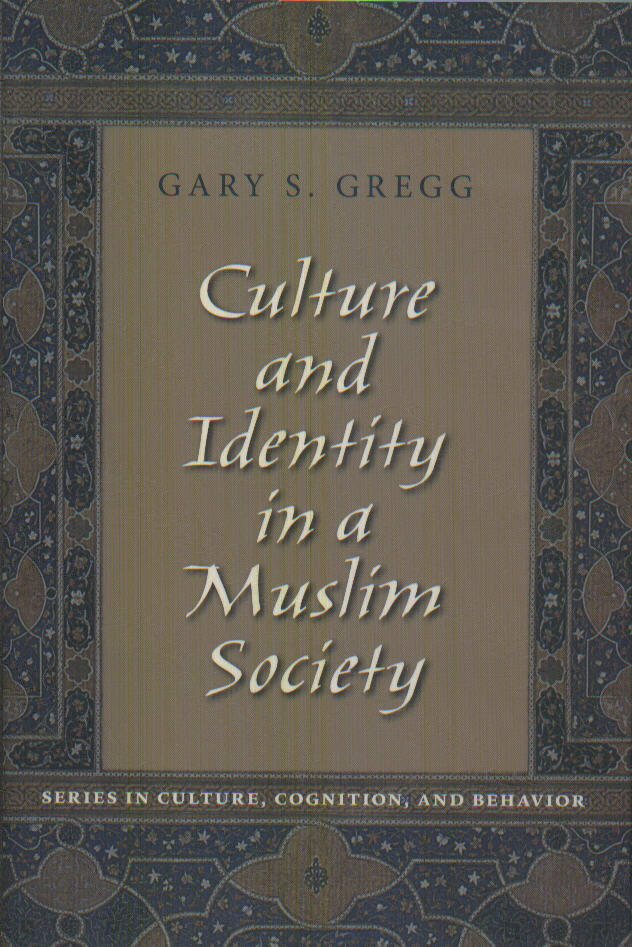
Contents
Introduction xiii
1 Theory 1
2 A Cultural Geography 15
3 Mohammed 35
4 Hussein 45
5 Rachida 73
6 Khadija 97
7 Culture and Identity 129
Bibliography 215
Index 225
Summary
Culture and Identity presents the findings from "study of lives" interviews conducted with young adults in southern Morocco to study the cultural shaping of identity. Rejecting the common view that cultures can be scaled as "individualist" vs. "collectivist," it views culture as distributed rather than shared, as consisting of discourses in dialogue and dispute rather than of a consensus on core values. And rejecting the corresponding view that selves can be scaled as individualist vs. collectivist (or "egocentric" vs. "sociocentric"), it shows identity to consist of multiple self-representational discourses, among which individuals shift. And against the view that there is a culture that shapes the self as a whole, it proposes a three-level theory of personality and shows that each level is influenced by different, overlapping cultural regions (pre-Saharan, Moroccan, French colonial, Mediterranean, African, Muslim, Western). Perhaps most importantly, the life-narratives show most individuals caught in conflict -- but sometimes complementarity -- between Westernist identities that reject Moroccan-Muslim culture as backwards and confining, and Moroccan-Muslim identities that reject Western culture as alien and corrupt.
Designed as a cross-cultural replication of the work reported in Self Representation, this study entailed tape-recorded interviews with eleven 18 to 28 year olds who grew up in rural villages and small towns near Ouarzazate, and who had at least some high school education. They were conducted in Moroccan Arabic, and ranged from six to 18 hours with each individual.
The first part of Chapter 1 discusses prevailing information processing-based theories of culture-and-self, and introduces the "structural" theory of identity developed in Self Representation. The second part reviews writings by American researchers -- especially Clifford Geertz, Dale Eickelman, and Vincent Crapanzano -- on the cultural construction of self in North Africa. Chapter 2 provides a brief "cultural geography" of Morocco, especially the pre-Saharan Ouarzazate region, as background for the life-narrative chapters. Chapters 3 through 6 are the heart of the book, presenting analyses of the life narrative texts of two men and two women. These analyses find that prominent emotional tensions, interpersonal styles, values, and self-symbols differ markedly from those of working- and middle-class Americans (see Self Representation), but that the structure of identity -- differentiation of contrasting self-representational discourses, integrated by structurally-ambiguous symbols and tropes -- appears similar. These narratives also provide support for the theory that the cognitive processes underlying identity-construction resemble those identified in "generative" models of music cognition, and for the hypothesis that octave relations among symbol pairs serve as the elementary units of self-representation in at least some narratives.
Where Self Representation focused on the role of symbols, metaphors, and myths in the organization of identity, the Moroccan narratives are best described in terms of symbols, motifs, and type-scenes -- the latter terms drawn from studies of oral epic literature. This appears not to be a fundamental cultural difference, however, as re-examination of the American narratives also shows the use of motifs and type scenes.